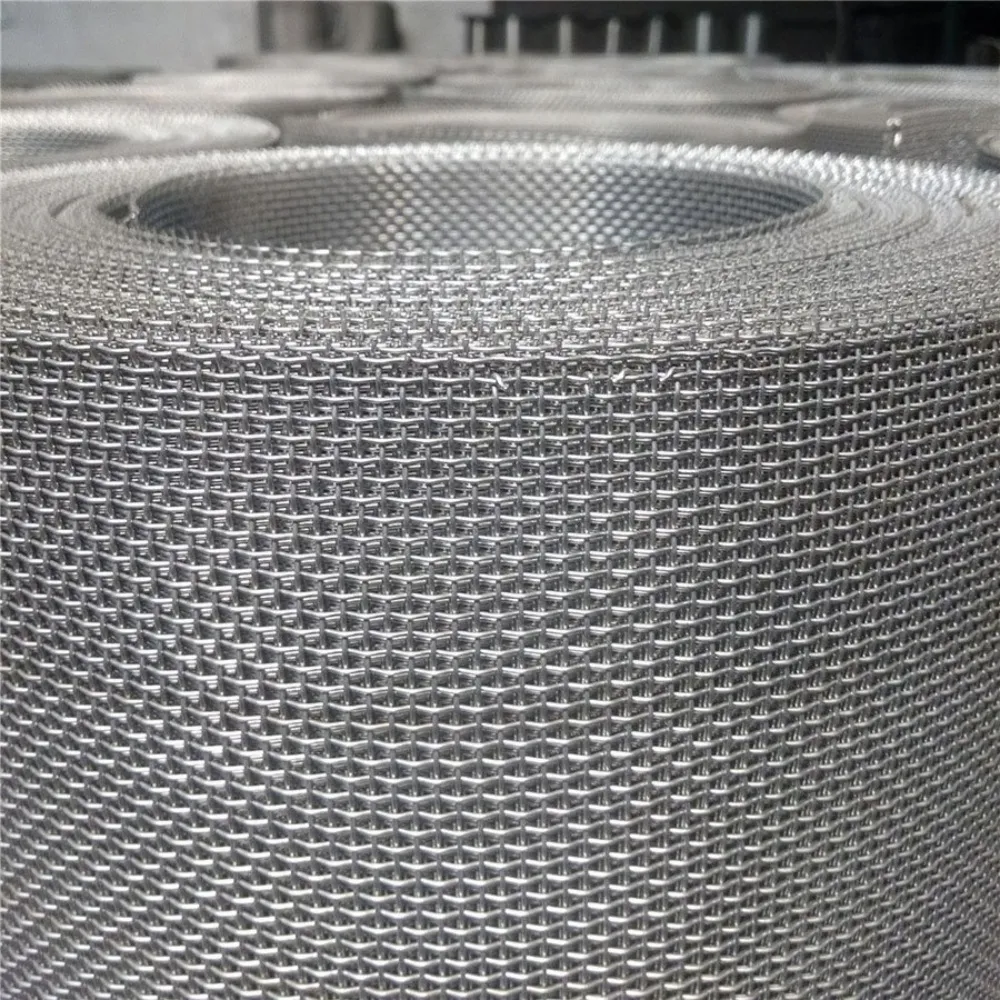price of iron wire
The Price of Iron Wire Trends, Factors, and Future Outlook
Iron wire has long been an essential material in various industries, including construction, manufacturing, and agriculture. Its strength, durability, and versatility make it a preferred choice for a wide range of applications, from fencing to reinforced structures. However, like many commodities, the price of iron wire is influenced by multiple factors, including raw material costs, market demand, and global economic conditions. This article explores the dynamics affecting the price of iron wire, examining historical trends, current influences, and future projections.
Historical Trends in Iron Wire Pricing
The price of iron wire has experienced significant fluctuations over the years. Historically, prices have been closely tied to the cost of raw materials, primarily iron ore and scrap metal. The early 2000s saw a dramatic increase in demand for steel and iron products, driven by rapid industrialization in countries like China. This surge led to higher prices for iron ore, which in turn pushed up the cost of iron wire.
From 2010 onwards, the global economy began to stabilize, and prices of iron wire experienced a degree of moderation. However, this period was marked by a series of ups and downs influenced by geopolitical tensions, trade tariffs, and fluctuations in the global stock market. As of 2020, the COVID-19 pandemic disrupted supply chains worldwide, causing a temporary decline in demand and, subsequently, a drop in prices.
Current Influences on Iron Wire Prices
As of late 2023, various factors are influencing the price of iron wire. One of the primary drivers is the ongoing recovery of the global economy after the pandemic. With construction projects and manufacturing activities ramping up, demand for iron wire has surged, leading to upward pressure on prices. Additionally, government infrastructure spending in several countries is contributing to this increased demand.
Another significant factor is the cost of raw materials. In 2023, iron ore prices have stabilized after the initial post-pandemic fluctuations. However, supply chain issues, exacerbated by geopolitical tensions in iron-producing regions, continue to create uncertainty in raw material pricing. The volatility of energy prices, particularly oil and natural gas, also affects production costs for iron wire manufacturers, as energy is a significant component of the production process.
price of iron wire

Moreover, the increasing emphasis on sustainability has led to a growing interest in recycled iron and steel. This shift is affecting the market dynamics, as recycled materials often provide a cost-effective alternative to virgin raw materials. However, the demand for high-quality recycled iron wire can drive prices up, depending on the availability of scrap metal.
Future Projections for Iron Wire Prices
Looking ahead, the price of iron wire is likely to reflect the broader trends in the construction and manufacturing sectors. As urbanization continues to grow, particularly in developing countries, the demand for iron wire is expected to remain robust. However, potential economic downturns, inflation, and changes in trade policies could introduce volatility in pricing.
Additionally, the ongoing shift toward sustainability may push manufacturers to innovate, leading to more efficient production processes and potentially lower costs. The integration of technology in manufacturing practices could also play a role in stabilizing prices in the long term.
Moreover, as the global economy transitions toward greener practices, the demand for eco-friendly and sustainable materials could reshape the competitive landscape for iron wire producers. Companies that embrace sustainable practices may gain a competitive advantage, influencing pricing strategies in a market increasingly attuned to environmental concerns.
Conclusion
In summary, the price of iron wire is a complex interplay of various factors, including raw material costs, market demand, and global economic conditions. As we move forward, it will be crucial for stakeholders in the iron wire industry to stay informed about these dynamics and to adapt to the evolving landscape. Whether through innovation, strategic sourcing, or sustainability initiatives, the future of iron wire pricing will undoubtedly be shaped by the intricate web of economic and environmental factors at play. As the world continues to build and innovate, iron wire will remain a cornerstone of development, with its price serving as a barometer for broader industrial trends.
-
Weather Resistance of Woven Wire and Chicken Wire Fencing MaterialsNewsJun.05,2025
-
Umbrella Nails Innovations in Roofing Fasteners for Wind ResistanceNewsJun.05,2025
-
Modern Barbed Wire Fence Designs for Perimeter ProtectionNewsJun.05,2025
-
How Iron Nail Wire Enhances Nail Strength and Installation EfficiencyNewsJun.05,2025
-
High-Security Razor Fence Solutions for Perimeter ProtectionNewsJun.05,2025
-
Durable Wire Netting Fence Solutions for Animal EnclosuresNewsJun.05,2025




